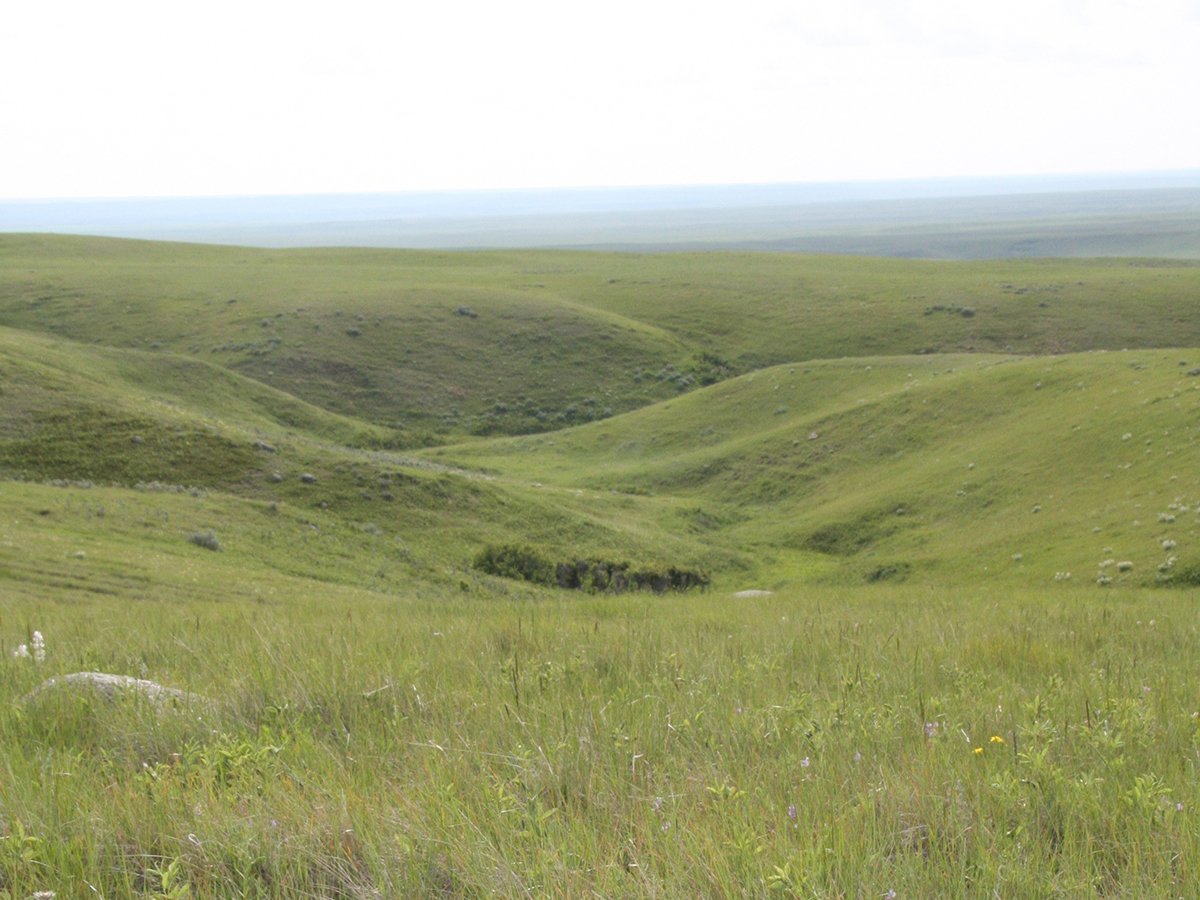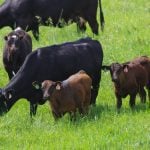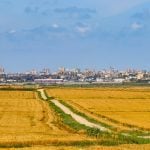SWIFT CURRENT, Sask. – Cattle producers typically rely on fences to force cattle to graze where they want them to.
Derek Bailey of New Mexico State University said that might not be the best choice, especially in landscapes that vary widely.
Fences don’t necessarily encourage uniform grazing, he said, and not all animals are created equal.
“Feedlot gain and carcass characteristics may not be the only economic relevant traits,” he told producers at last month’s Foraging into the Future conference here. “It’s also important how well cattle do out on range land.”
Read Also

Alberta irrigation project on grasslands approved
Environmental concerns raised by Alberta conservation groups over irrigation expansion project within rural municipality
While fencing off similar types of terrain will encourage uniform grazing, fencing off dissimilar pastures doesn’t accomplish that. Some animals prefer to climb up high while others stay in the lowlands.
That is evident among breeds. For example, Tarentaise cattle originate in the French Alps and are more comfortable climbing than British Herefords.
Bailey said he wanted to know why some cows will walk farther or higher than others. Part of the reason is learned behaviour.
But some of his research, done at the Northern Ag Research Centre in Havre, Montana, looked at different sires within several breeds and he found differences among the progeny even within a breed.
“There’s something genetic going on,” he said.
Bailey suggested that bottom dwellers that tend to stay near water could be separated from hill climbers for more effective grazing.
Eventually a designer cow could be developed to use specific rangeland. He noted that most research focuses on the average cow.
Bailey said selecting for grazing distribution would help cows forage efficiently.
It would also ensure better pasture use. In some pastures, 25 to 50 percent of the land is never grazed.
His studies have shown the biggest difference between hill climbers and bottom dwellers shows up during the first one-third of the time the cattle are in a pasture. Early morning is also the best time to see where they are grazing.
“You wouldn’t have to watch all the time,” he said. But selecting for terrain use might be cheaper than developing water systems to accommodate the cattle.
“Use livestock as a tool to fit specific land management objectives.”

















